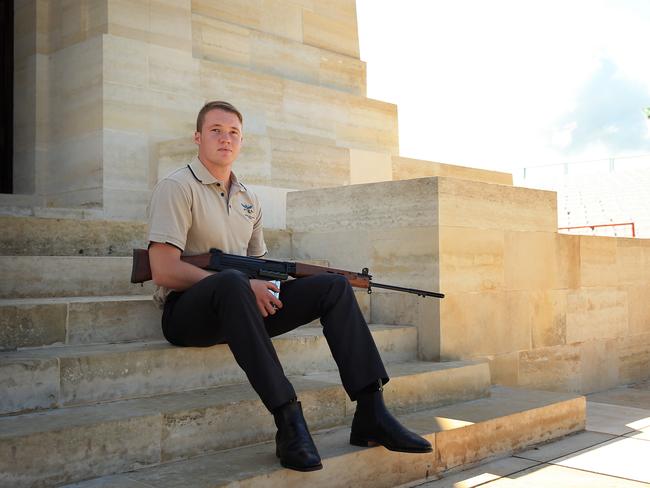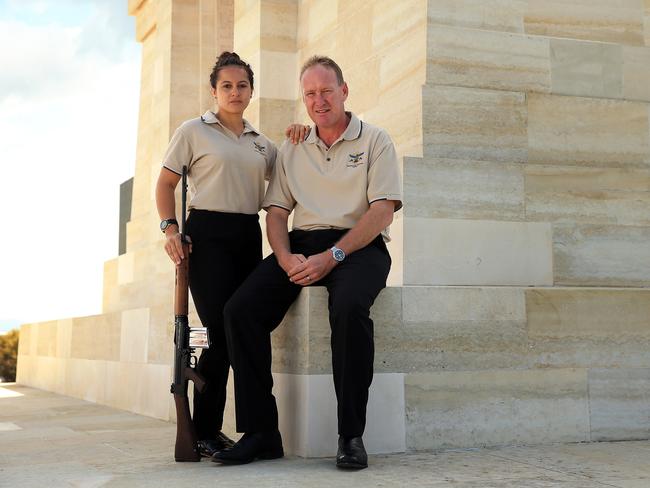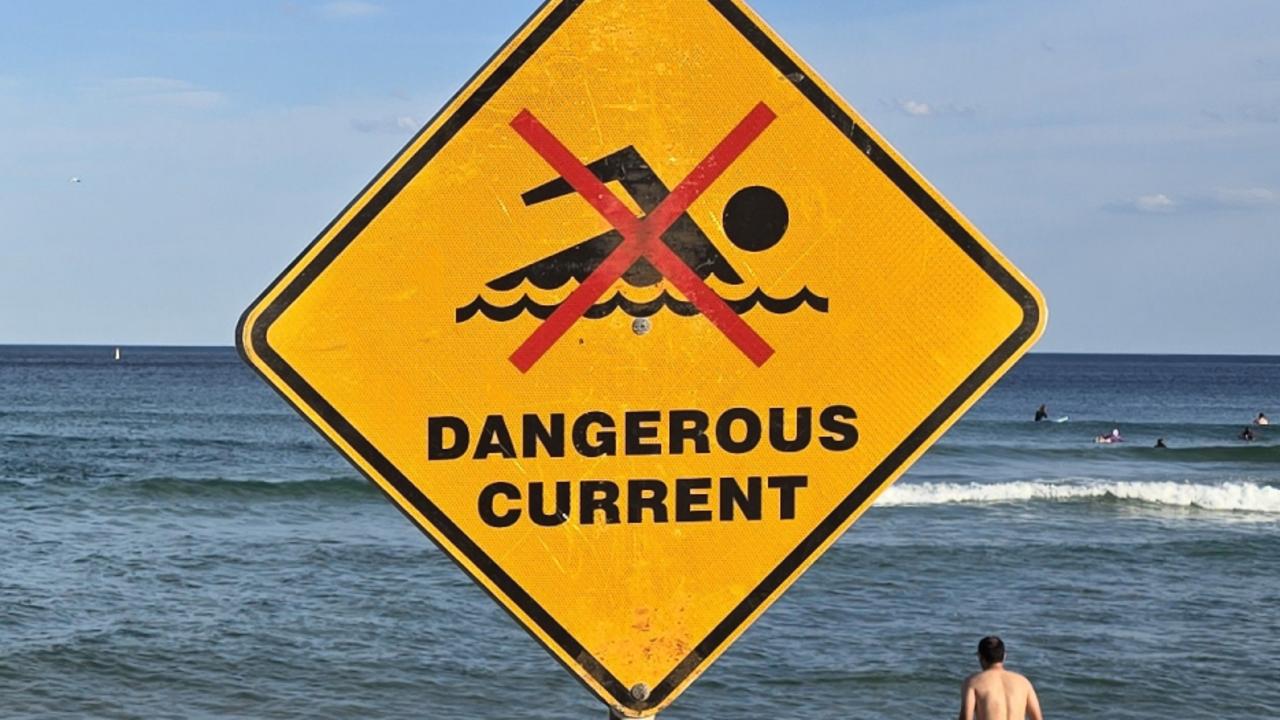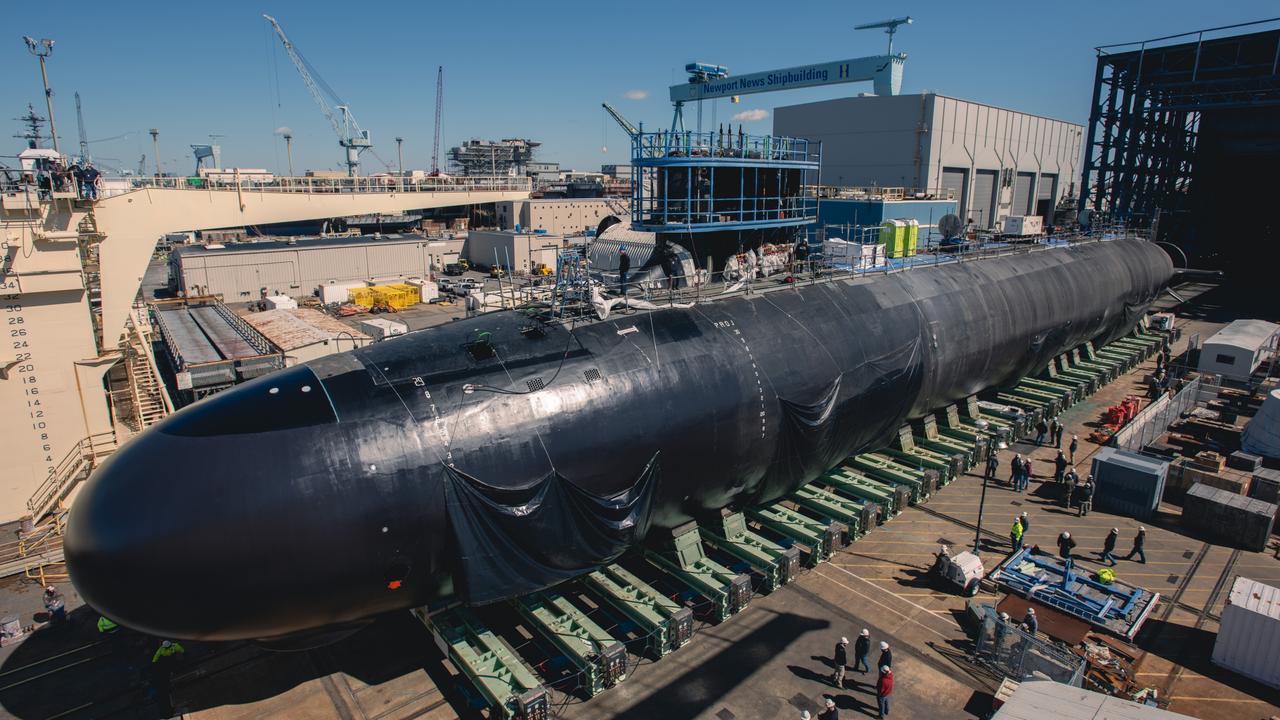‘Courage, bravery and stupidity’: What today’s soldier has to learn from Gallipoli
TODAY, war is about elite soldiers using hi-tech gear to equalise the enemy. So what can today’s soldiers really learn from a century-old battle?
Innovation
Don't miss out on the headlines from Innovation. Followed categories will be added to My News.
IN 2015, wars are about highly-trained soldiers using hi-tech gear to equalise an enemy with a minimum number of casualties. Troops are flown in to take on a bloodthirsty and unpredictable enemy that uses beheadings and suicide bombs to strike fear in those who don’t support their extreme beliefs.
The Gallipoli landing of 1915 was something altogether different. The soldiers were rookies who had little more than a rifle and bayonet to protect themselves. They rowed to shore on boats and scrambled up impossibly steep cliffs, many to certain death.
So how can we really compare the Anzac story to our soldiers of today when the nature of warfare has changed so drastically?
Serving members of the Australian Defence Force who are in Gallipoli for the centenary commemorations don’t hesitate in answering: The Anzacs set the high standard of courage, bravery and ingenuity to which they all aspire.
Private Sam Frater, 23, of Canberra, said seeing the imposing landscape of the battlefield had changed his perspective on the Gallipoli campaign.
“To stand here and see the what the boys did 100 years ago is amazing,” said Pte Frater, a rifleman who served in Afghanistan for six months in 2012.
“When you look up from that beach, it takes your breath away. The pictures just don’t do it justice.”

He said he was in awe of what the Anzacs achieved.
“One hundred years ago, there was no medevac, no body armour. You had a rifle and a couple of mags,” Pte Frater said.
“If they were wounded, they were sitting around for a couple of days. It’s a massive difference. I have the utmost respect for those boys for clawing up these mountains.”
Pte Frater likes to think they he could have done the same had he been presented with the challenge that faced the first Anzacs a century ago.
“It was a different kind of warfare. Things were hard, but if I think back through 100 years, if I was back in those days, I think I could have done that, because that’s all I would have known,” he said.
Pte Frater is one of 25 members of Australia’s Federation Guard who will play a ceremonial role at Saturday’s dawn and Lone Pine services in Turkey.

His colleague Paul Saunders, 43, was stunned when he saw the battlefield for the first time.
“The first thing that gets you is the terrain. As a modern-day soldier there’s no way that you would assault that (landscape),” he said.
“The system worked a little bit differently. There was courage, bravery and probably some stupidity on the hierarchy’s side.”
Lance Corporal Saunders served in Afghanistan in 2013, where he drove large armoured vehicles and was always on the lookout for improvised explosive devices.
“Driving, you’re always on edge. But, compared to what these guys went through, if that’s all I had to worry about, I’m pretty happy,” he said.
At Gallipoli, Lance Corporal Saunders has had the opportunity to reflect on the sacrifice of his great-grandfather Herbert Saunders, who survived the horrific battle at The Nek.
Sailor Phoebe Koriki Evans, 23, has made the pilgrimage to the peninsula to see the grave of her great-great-uncle Allen Fletcher Buffet, whose gravestone sits in the Lone Pine cemetery.
“I’m the first of the Evans family to come and see the grave and that truly is an honour,” said Able Seaman Evans, a steward with the Royal Australian Navy.
“I feel like I’m here for a reason, to bring him home.”
Able Seaman Evans, whose international service includes peacekeeping missions to Papua New Guinea and the Philippines, said she struggled to comprehend how tough the battle would have been for the Anzacs.
“Back in those days they had it hard. The capabilities they had those days were so limited. When they came for the landing, many of them got shot. Some, in fact, drowned because some didn’t know how to swim and others were weighed down by their gear,” she said.

Tim Hodgson, a chaplain with the Royal Australian Air Force who made his first visit to Gallipoli on Friday, said one of the main differences for today’s soldier was the nature of the enemy itself.
He said the Gallipoli campaign was a “conventional war with conventional tactics”, but today’s enemies, such as the Taliban, could be much harder to identify.
“Back then, the enemy were in uniform and it could be seen. Today, the enemy can blend in and out of the civilian community. That can be very frustrating and you need to be very careful about who you target,” said Squadron Leader Hodgson, 37, of Adelaide.
He has supported troops overseas in Afghanistan, Iraq, the Middle East and East Timor during his eight years in the role.
And while Squadron Leader Hodgson believes that some of the Gallipoli story is mythology, the spirit of the legend continues.
“If you get to the essence, you talk about certain values: mateship, teamwork, courage; and a dark sense of humour I think is a big one,” he said.
He said those ideals still lived large in today’s soldiers’ minds and he said that was a good thing so long as the story was not romanticised or celebrated.
Originally published as ‘Courage, bravery and stupidity’: What today’s soldier has to learn from Gallipoli


